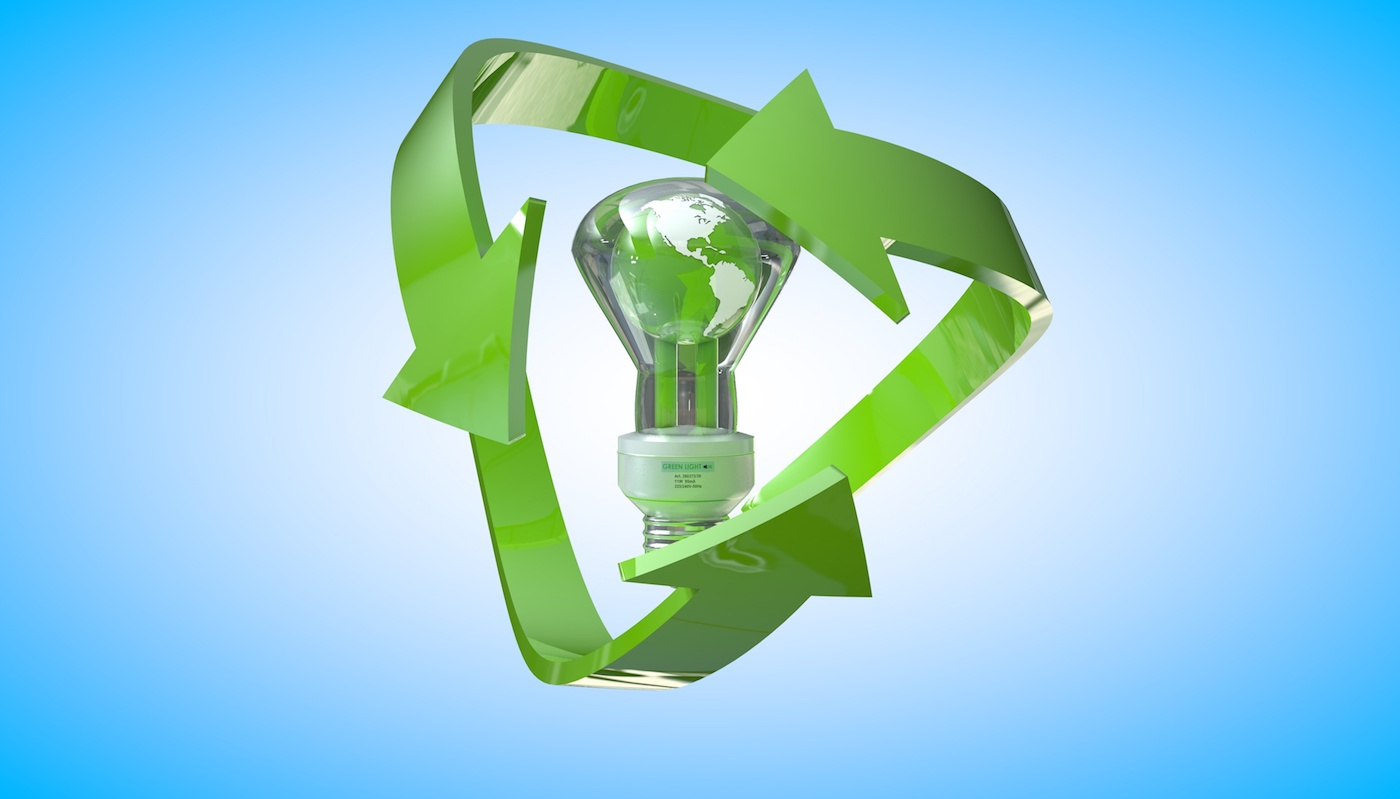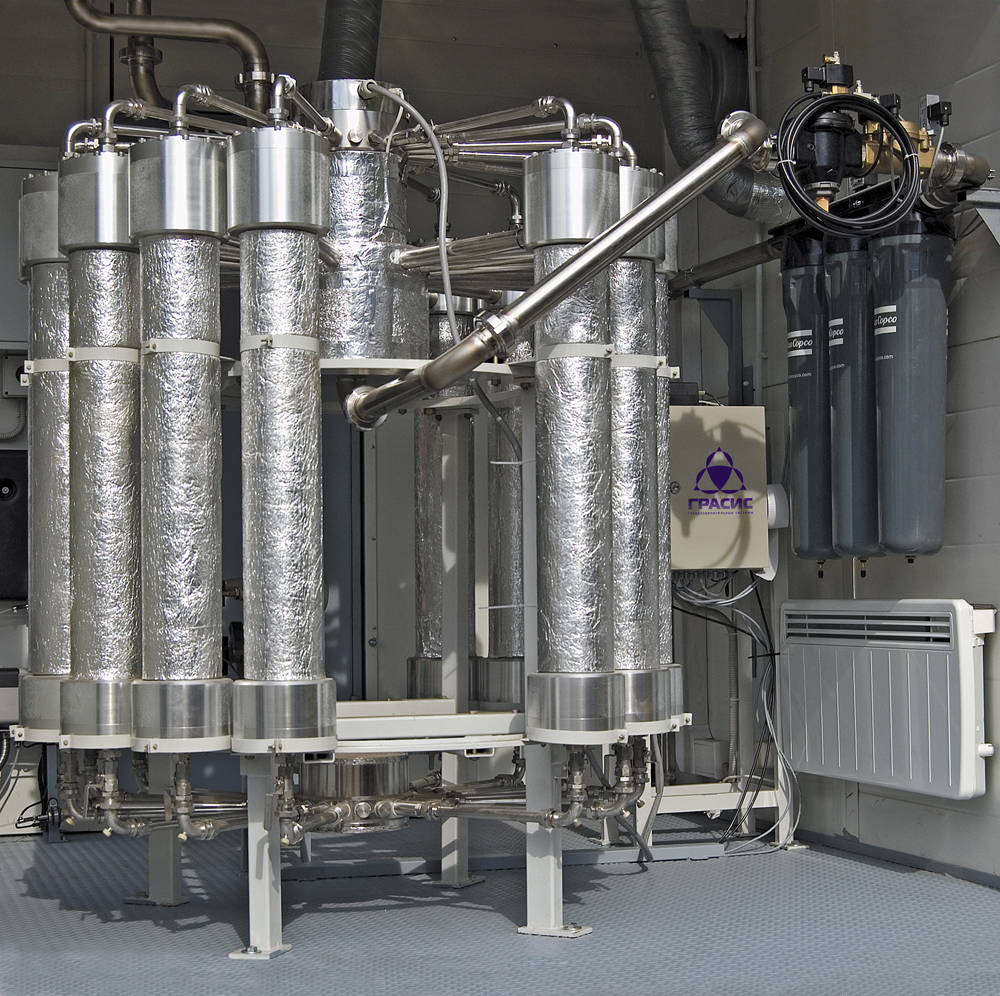Thousands of various processing and packaging applications use nitrogen gas around the world. Breweries use it as a CO2 replacement, metal producers use it for laser cutting, light bulb manufacturers use it in the production process, and hundreds of food manufacturers use it in packaging and preservation. Many businesses need nitrogen, but getting it delivered to your location is often both costly and dangerous.
Using a nitrogen generator, you can extract nitrogen molecules from dry compressed air and provide pure nitrogen as an output. Nitrogen generators can deliver purities of close to 99.9999%. This is advantageous because on-site nitrogen generation removes the need for gas cylinder purchasing and all other associated costs while still providing nitrogen on demand.
How Do Nitrogen Generators Work?
Let’s take a look at how a nitrogen gas generator operates before we get into the benefits of using one. Membrane generators and PSA (Pressure Swing Adsorption) generators are the two types of nitrogen generators available today.
Membrane Generators
Membrane nitrogen generators are a widely used method of nitrogen generation for processes that require less than 99.5 percent purity (0.5 percent O2 or higher). Membrane Technology produces gaseous nitrogen by separating oxygen from a dry compressed air stream through hundreds of thousands of hollow, polymeric fibres, each the diameter of a human hair.
By adjusting the amount of air passed through the membrane, the purity of the nitrogen (O2 Content) can be changed. Membrane modules can be added as needed, making it simple to scale up as needs change.
Pressure Swing Adsorption Generators
PSA nitrogen generators are typically used in applications requiring greater than 99.5 percent purity (0.5 percent O2 or below). PSA technology consists of two carbon molecular sieve (CMS) towers. Compressed air flows up through the CMS from the bottom of the “online” tower. The CMS preferentially adsorbs oxygen and other trace gases, allowing nitrogen to pass through. After a predetermined amount of time, the on-line tower moves to regenerative mode, venting pollutants from the CMS.
Carbon molecular sieve differs from ordinary activated carbons in that its pore openings are much smaller. Tiny molecules, such as oxygen, can pass through the pores and separate from nitrogen molecules, which are too large to pass through the CMS. Larger molecules pass through the CMS and emerge as nitrogen gas.
Reasons To Adopt Nitrogen Generator Use
Increased Safety
Nitrogen must be converted back to liquid at -320 degrees Fahrenheit before being transported to your business. Unloading a liquid at this temperature is extremely dangerous, as leaks or spills can result in severe injury or even death. By generating and storing your own nitrogen gas on-site, you can eliminate this risk.
Eliminate Downtime and Supply Issues
When it comes to deadlines, delays, shortages, or closings, if you outsource your nitrogen gas, you’re at the mercy of your distribution provider. When you generate your gas, you already how much gas you have and how much gas you will need on any given day.
You eliminate any delivery wait times and save hundreds of hours each year that business owners would otherwise spend purchasing nitrogen, preparing for deliveries, and dealing with any overdue orders that could cause your operation to shut down temporarily.
Reduced Costs
Nitrogen costs can vary from £0.25 per hundred cubic feet to £1.08 per hundred cubic feet, depending on where the company is located. You could pay as much as £2.16 per hundred cubic feet if it’s shipped in cylinders. Installing your generator will initially reduce your cost to £0.15-£0.18 per hundred cubic feet.
You’ll also save money on tank rentals, hazmat fees, shipping fees, and other miscellaneous costs associated with nitrogen gas delivery. You can lose up to 10% of your nitrogen during transportation, which means that you are paying for nitrogen that never arrived at your facility any time you accept delivery.

Environmentally Friendly
Not only is the method of transforming nitrogen gas into a liquid for transportation harmful, but it also requires a lot of energy. Since most nitrogen is needed in gas form, converting it to a liquid and then back to gas wastes scarce resources and harms the environment by wasting energy and polluting the air during transportation.
Switching to on-site nitrogen is a quick and cost-effective way to reduce your carbon footprint if your organization is trying to “go green.”
Conclusion
The amount of nitrogen your operation needs daily is one of the critical considerations you have to make. If you only use this gas occasionally, delivery services may still be the most cost-effective alternative. However, if you use a lot of nitrogen, you’ll get a lot more value from on-site production. In terms of cost, protection, performance, and quality control, this is the best option.








